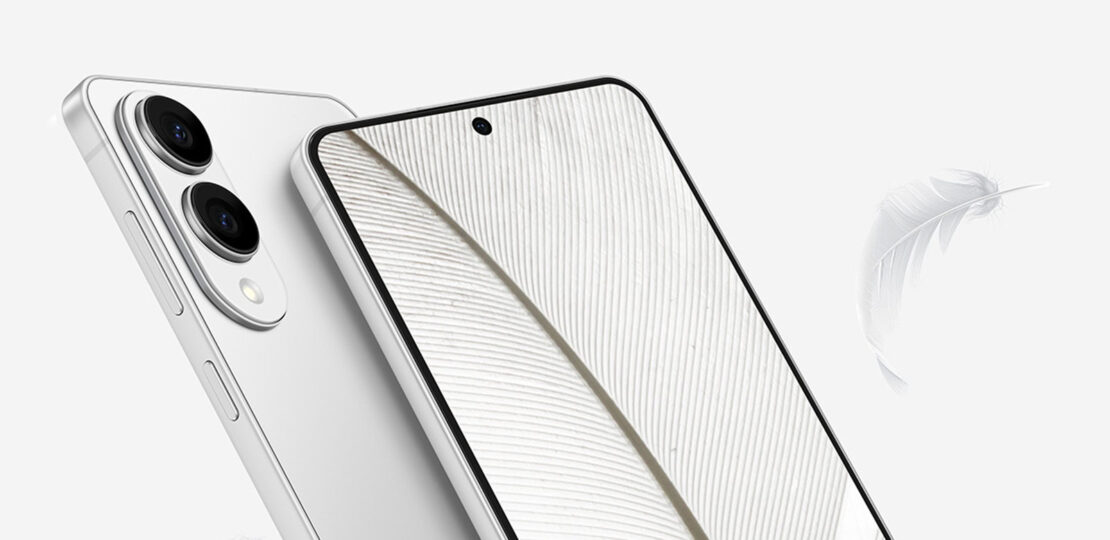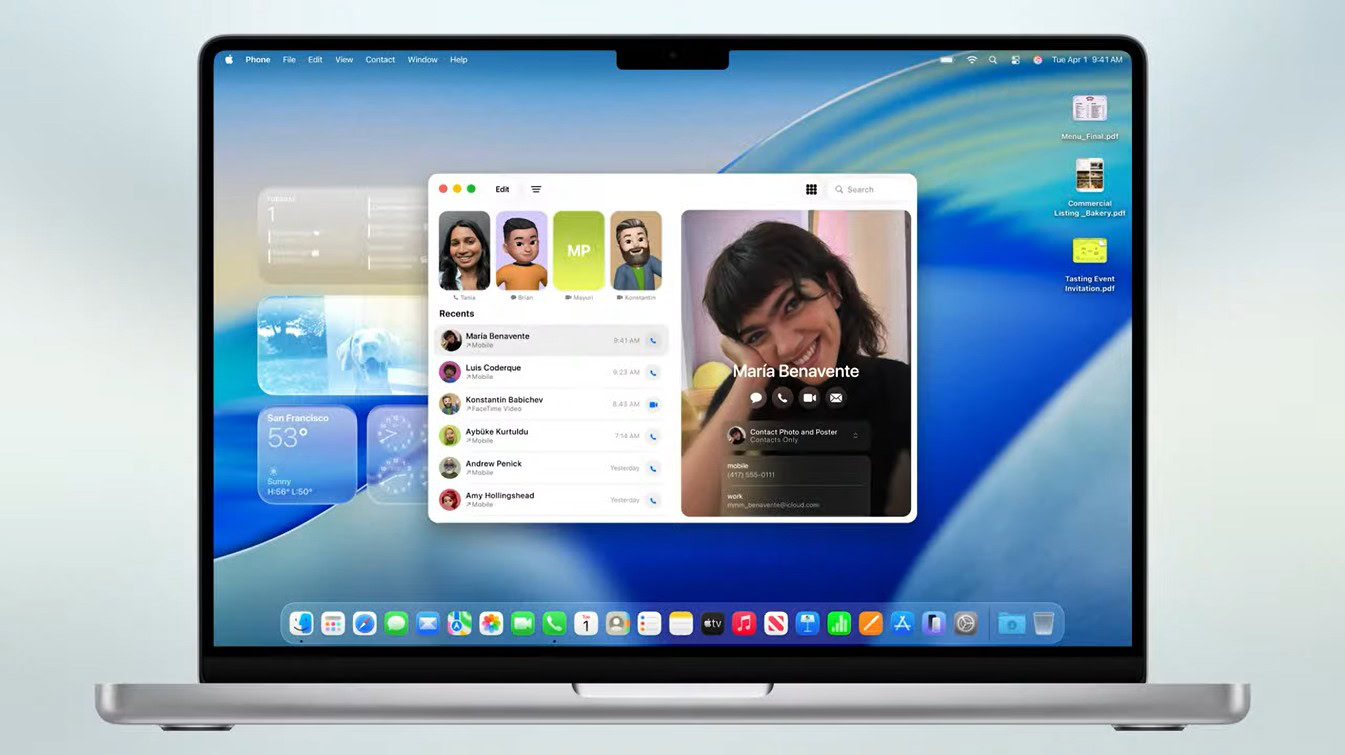

One of the general complaints against XR headsets has been their weight and size. Just take a look at the Apple XR headset. Smartphones, too, have had different iterations in an attempt to reduce the camera bumps on their backs. All that may soon be a thing of the past with the new Samsung metalens.
Samsung today published the findings on Samsung Metalens, a joint study focused on a crucial part of XR headsets, their cameras. This research focused on ultra-compact metalenses used in smartphones and XR headsets so that they can take up less space and weigh much less. The research was led by Dr. Jeong-Geun Yun, from Samsung Research, and Junsuk Rho, a professor at POSTECH. Hyunjung Kang, a researcher at POSTECH, served as co-first author.
The Focus of the Research
The research focused on addressing two key issues, both related to cameras. The first was reducing the weight and bulk in XR headsets. The second was to reduce, and if possible, eliminate the camera bumps on the back of smartphone cameras.

Current smartphones like the Samsung S25 Edge and XR headsets use lenses that depend on curved surfaces to manipulate light to produce pictures, or see the world around. The metalens that Samsung has developed still manipulates light, but this time uses nanostructures. These nanostructures are much thinner and lighter. In fact, they are claimed to be “much thinner than a human hair, which would be a remarkable feat.”
The resultant benefit of such a compact ultra lens will be an almost, if not total, elimination of bumps on smartphone cameras and XR headsets. Add that advancement to what we’ve seen in smartphones like the Samsung S25 Edge and the rumored iPhone 17 Air, and you have even thinner devices and XR headset.
Samsung achieved this breakthrough by stacking these nanostructures on a flat surface. In contrast, traditional lenses would have required a curved surface for the light to bounce through. Thereby, reducing the bulk and bump you see in smartphones and other devices that house a camera.

How Soon Can We See this in Smartphones and XR Headsets?
While this is still in development, there are high hopes that it will come to the market soon. So there are no timelines. There is a marked differentiation here. You see, previous generations of metalenses posed challenges to quickly bringing them to smartphones and XR headsets. Here, however, we can expect them in the not distant future.
Samsung is heralding this as a potential game-changer, going by how the team reduced thickness by 20% when compared to current-generation lenses. Eye movement tracking also saw improved angle coverage. And to cap it off, the modulation was an impressive 72%, meaning it can easily be made into different sizes.
RELATED POSTS
View all


